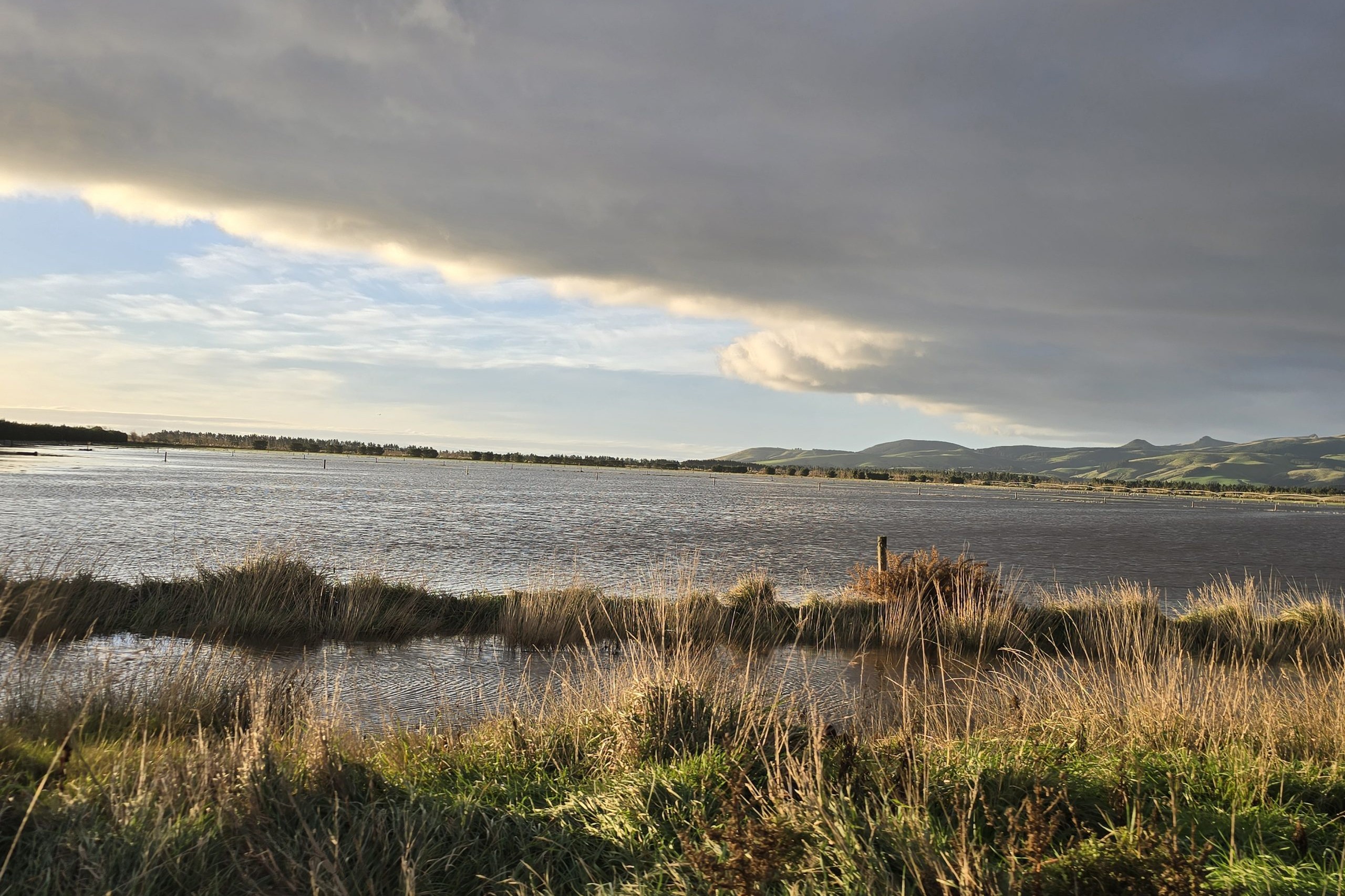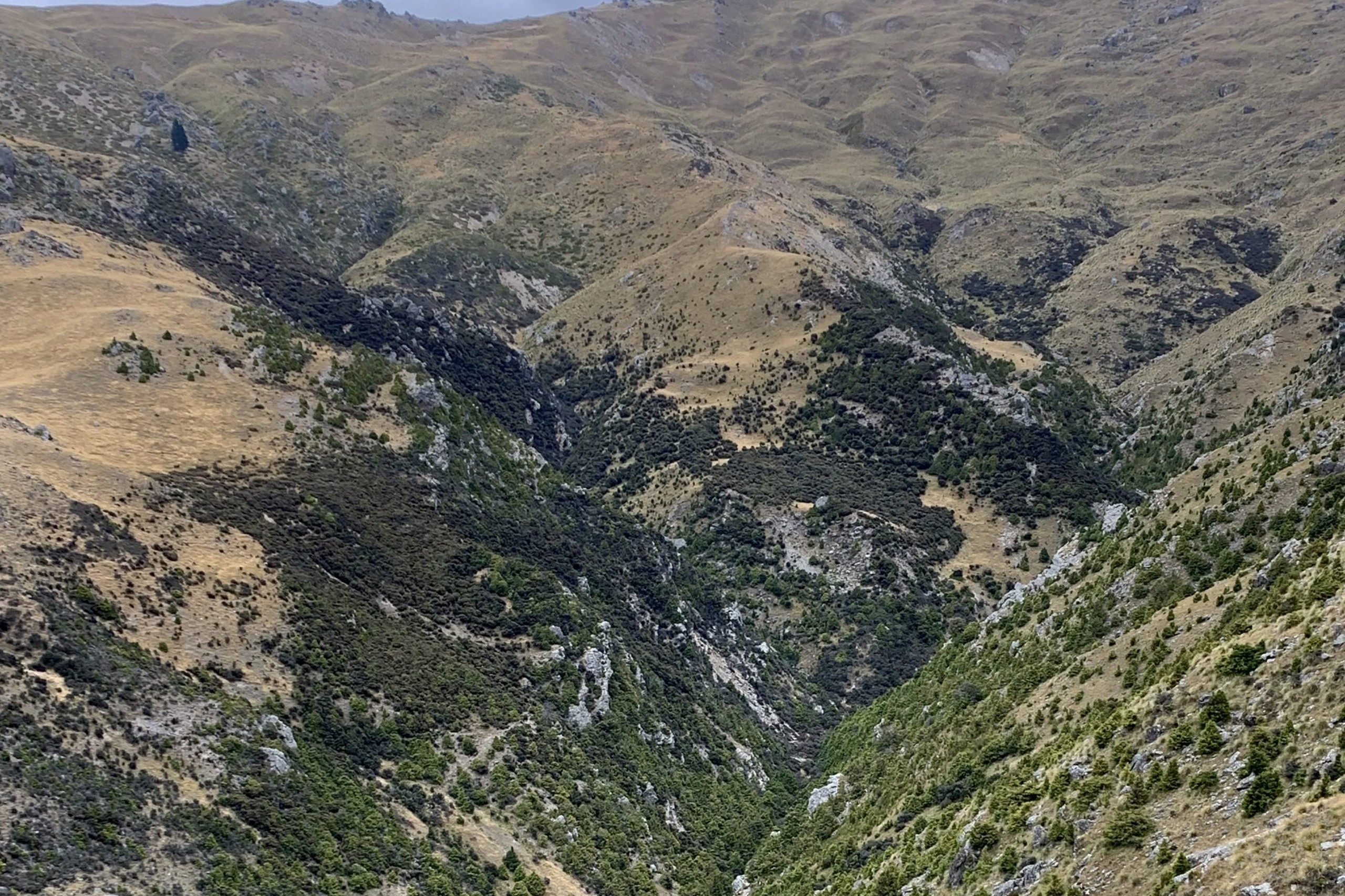Paul Burt is feeling his age when he gets out on the hills at lambing.
I’m 64 and my heading dog is 63. We were watching a ewe standing awkwardly on a steep face above a dirty gully. She was trying to lamb but with only one foot showing I doubted she would cope on her own.
We needed to catch her. At 64 you can’t just do it, you need a plan. A shepherd’s crook is essential but I had temporarily misplaced mine… agility isn’t the only thing that deserts you at 64.
There was a whiff on the cool October breeze, at least about me, and I remembered where I had left the crook. Earlier that morning I had lambed a hogget with lambs that had been long dead inside her. That must be one of the most unpleasant jobs of shepherding as the state of decomposition meant the second lamb didn’t come out whole.
The extreme thing, apart from the smell is that that hogget will most likely survive. It’s a marvel that a mammal’s physiology can contain that level of infection and not let the body succumb.
The crook was left at the holding yard two paddocks away and getting the ewe there was my only chance of catching her without needing reconstructive surgery. At 64 you have to be mindful of your body and my only PPE consists of a PLB in case the SHTF.
I talked to the dog to make sure neither of us did anything stupid.
Slowly, I walked the thankfully co-operating ewe around the sidling, through her mates with newborns, down a ridge, along a flat and into the yard.
Quite often when animals are in trouble they seem to sense you are trying to help them and their flight response is not as strong as usual. As with this ewe, I’ve more than once walked a cow with a stuck calf a kilometre to a yard with no bother.
Once in the yard and with a bit of fancy leg work (from the one leg still capable of fancy work) I had the ewe caught and on her side. Thankfully I saw a little nose and tongue sticking out above the protruding foot. Even if the other front leg was backwards I knew I had a good chance of lambing her successfully.
Unsuccessful lambing is always distressing because if the pelvic opening is too small the lamb has to be sacrificed for the life of the ewe.
When I first saw the ewe her waters had just broken which is a good sign she hadn’t been contracting for too long and the lamb would be alive. She was marked as a single bearing ewe and being late in the mating period the lamb was well developed and a tight fit.
Its ankles were too slippery to get enough grip but with the help of a short piece of cord and some effort the front legs and head were soon out to the shoulders. The ewe was making the same noises I heard Louise make when our children were born (and she recovered) so I took that as a good sign. A little more downward pressure and a twist and out flopped a large ram lamb, yellow with mucus and membrane.
I cleared his mouth and nose and his chest heaved and heaved again. A few blinks and still eyes came to life. I draped him over his mothers’ nose and made my exit, this time with the crook.
I returned half an hour later and watched a miracle of natural selection… the suckling instinct. The lamb was wobbly on his feet but at the right end of the ewe and she stood for him. He nuzzled her belly, her leg and finally under her flank and found a teat.
I’ve read that biology is all chemical signals from the brain. However it is explained, I find it incredible that in five months two cells can develop into this infinitely complicated new creature with survival instructions already imprinted.
Farming is a fascinating life and as you get older you are more inclined (or forced) to slow down and appreciate it. I’m 64 but all going well I’ll be 65 next year and Jacinda will begin sending me some pocket money. I might drop her a line and say don’t bother paying me over lambing, just come down and help out with the odd sheep that needs attention. Time will tell if she can catch a tricky ewe on a steep sidling above a dirty gully.





